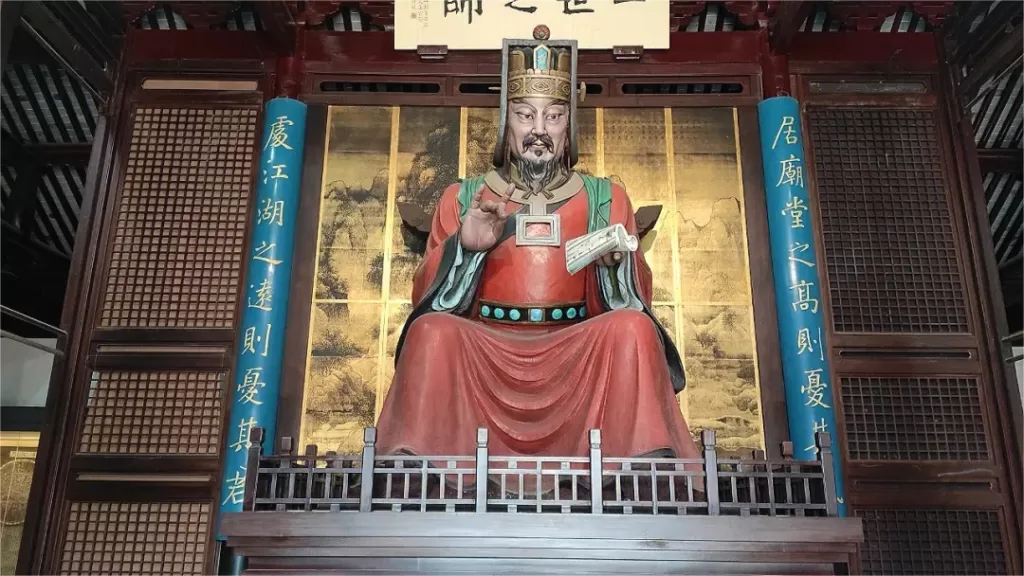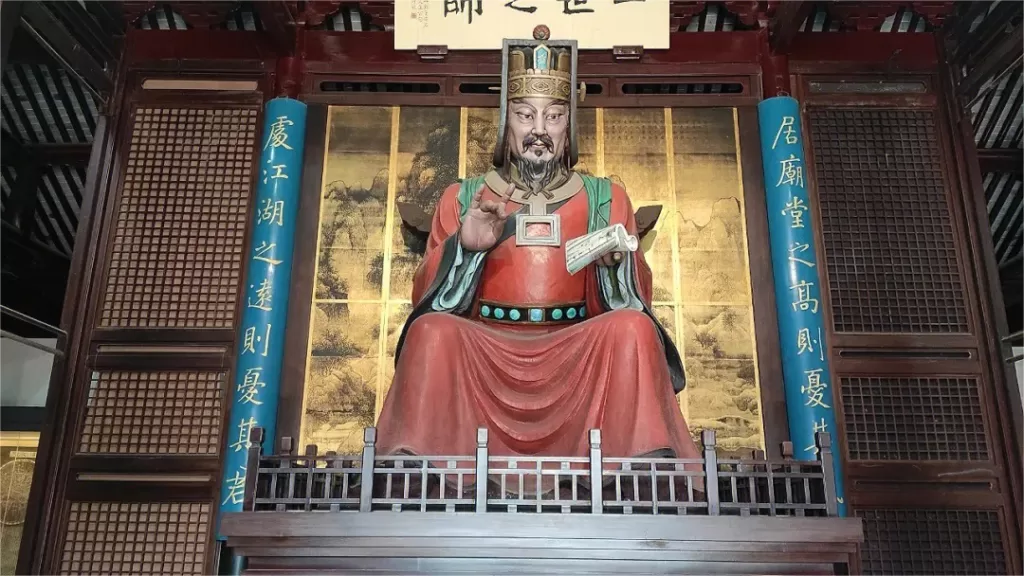¿Por qué se construyó el templo confuciano de Suzhou?


The Suzhou Confucian Temple, also known as the Suzhou Wenmiao or Suzhou Confucius Temple, was built to honor the teachings and philosophy of Confucius, a revered Chinese philosopher, educator, and thinker. It is part of a tradition of Confucian temples found throughout China and other East Asian countries. The primary reasons for building the Suzhou Confucian Temple were as follows:
Reverence for Confucius: Confucius (551-479 BCE) is one of the most influential figures in Chinese history. His teachings emphasize the importance of moral and ethical values, education, family, and social harmony. He is often regarded as the father of Confucianism, a philosophical and ethical system that has had a profound impact on Chinese culture and society. Building a temple dedicated to Confucius was a way to pay homage to his wisdom and teachings.
Education and Scholarship: Confucian temples, like the one in Suzhou, served as centers of learning and scholarship. They were places where students could study the Confucian classics, engage in intellectual discussions, and prepare for the imperial civil service examinations. The temple complex typically included classrooms and libraries, making it an important educational institution in ancient China.
Cultural and Social Influence: Confucianism played a central role in shaping Chinese culture and society for centuries. By building Confucian temples, rulers and local elites demonstrated their commitment to Confucian values and ethics. These temples also provided a platform for Confucian scholars to influence political and social decision-making.
Commemoration of Confucian Scholars: In addition to honoring Confucius himself, Confucian temples often featured tablets or shrines dedicated to other eminent Confucian scholars and philosophers. This practice acknowledged the contributions of various thinkers to the development and interpretation of Confucianism.
Rituals and Ceremonies: Confucian temples were used for various rituals and ceremonies, including annual commemorations of Confucius’ birthday, where offerings and sacrifices were made to show respect. These ceremonies helped reinforce the moral and ethical principles of Confucianism in the minds of the people.
Architectural and Artistic Significance: The design and architecture of Confucian temples are often considered masterpieces of traditional Chinese architecture. They typically feature elegant, symmetrical layouts, beautiful courtyards, and intricate woodcarvings, making them not only places of worship and education but also cultural and architectural landmarks.
The Suzhou Confucian Temple, like other Confucian temples, served as a hub of intellectual and cultural activity, preserving and promoting Confucian values and scholarship in Chinese society. It played a vital role in the dissemination of Confucianism and its enduring influence on Chinese civilization.